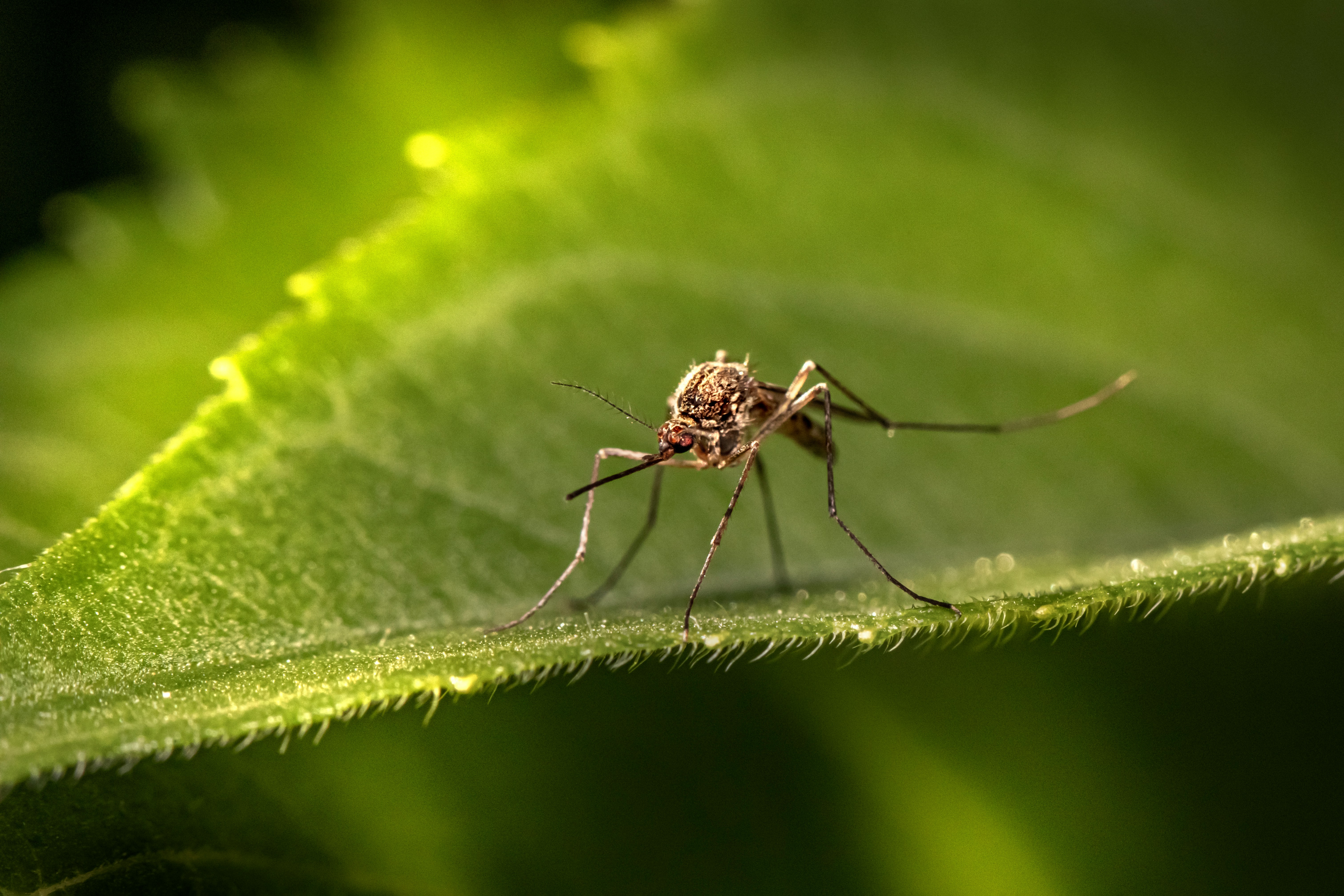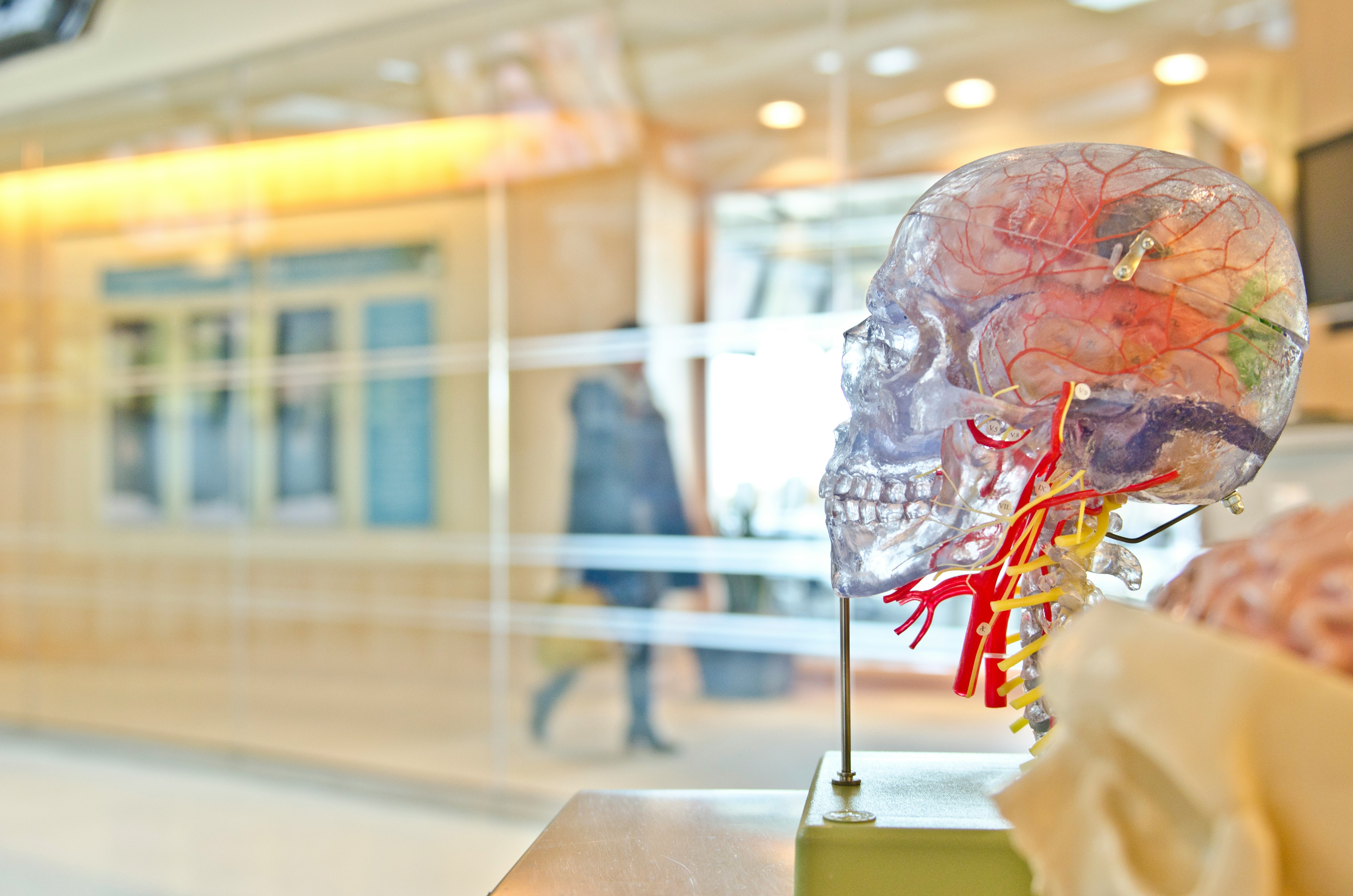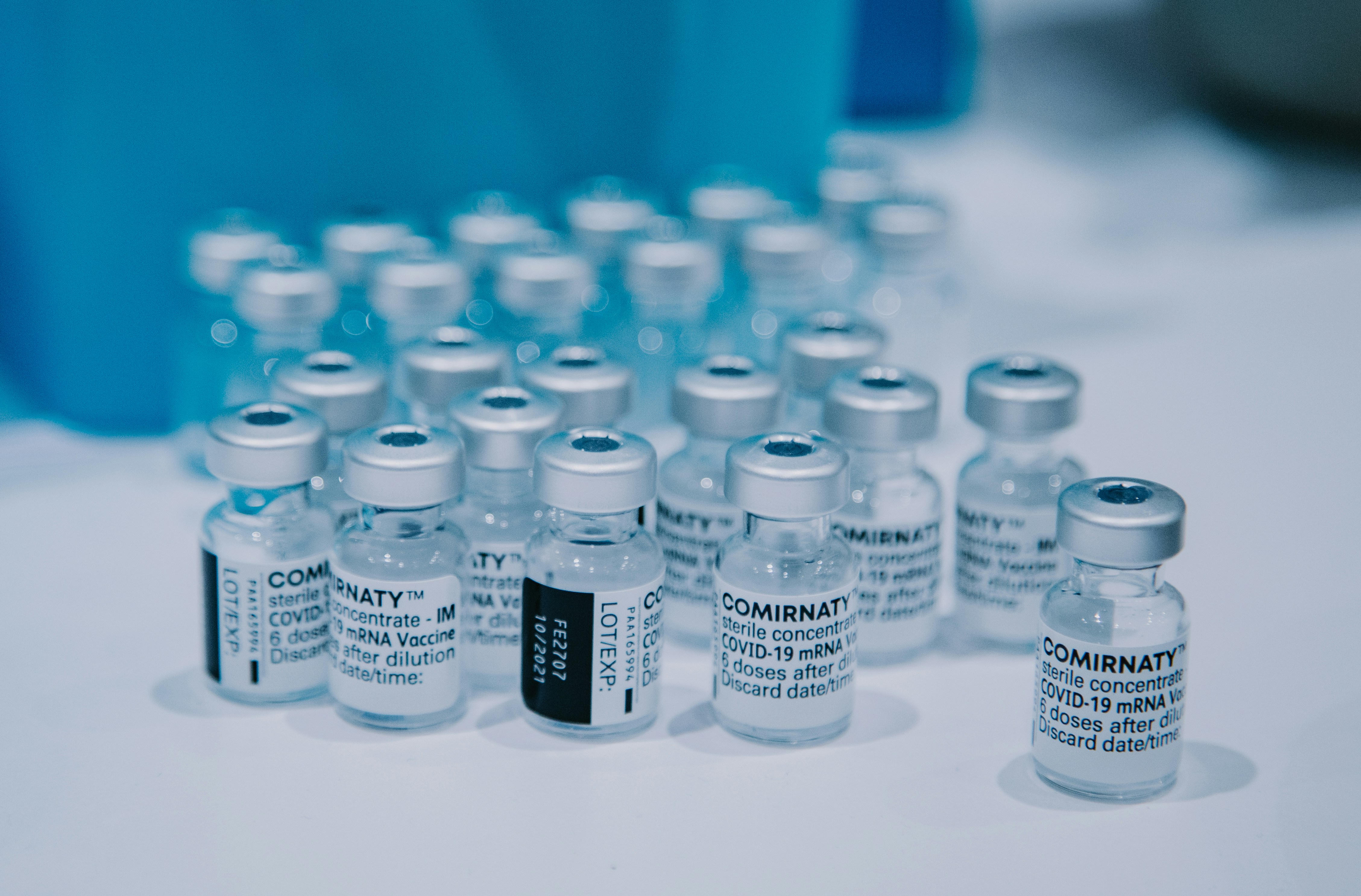Research
We work in diverse research areas such as tropical diseases, quantitative physiology, public policies and health logistics.
Public Policies

In our Research Group in Mathematical and Computational Biology, we focus on projects related to Public Policies in various areas. First, we investigate the dynamics of the local contact network and the spread of SARS-CoV-2 in Bogotá, Colombia, using hybrid models and analysis tools. Additionally, we have developed mathematical models to forecast the dynamics of COVID-19 transmission among different cities and municipalities in the country, providing a valuable tool for pandemic management and control. Furthermore, we have dedicated our efforts to researching the dynamics of glyphosate adjuvants used in herbicides for the eradication of illegal crops in Colombia, analyzing their impact on the environment. Our primary goal is to provide key information to support decision-making in public health policies and contribute to societal well-being through fundamental research and effective tools.
Tropical diseases

In our Research Group in Mathematical and Computational Biology, we are dedicated to projects related to Tropical Diseases, focusing on Dengue, Zika, and Chikungunya transmitted by the Aedes aegypti mosquito. We study the dynamics of water storage in households and its impact on mosquito reproduction, as well as demographic, socioeconomic, climatic, and regional factors that influence the spread of these diseases. Additionally, we investigate the antigenic and genetic evolution of Dengue and the interactions among humans, mosquitoes, and the environment. Furthermore, we address diseases transmitted by other vectors such as Anopheles spp and hemipterans, researching Malaria and Chagas Disease in specific contexts such as mining and particular climatic regions. Our multidisciplinary approach allows us to gain comprehensive perspectives for the control and prevention of these diseases, thus contributing to the well-being of affected communities and the advancement of scientific knowledge in this field.
Quantitative Physiology

In our Research Group in Mathematical and Computational Biology, we engage in projects related to human physiology, exploring fields such as pulmonary physiology and neurophysiology. Using a three-dimensional model of the pulmonary airways derived from computed tomography (CT) scans, we have studied airflow in different lung regions. These values are crucial as input parameters for our mathematical model that visualizes the zonation of the V/Q ratio for optimal gas exchange. Furthermore, in neurophysiology, we investigate how patterns of electrical activity in the brain relate to cognitive and motor control functions. Our multidisciplinary approach contributes to fundamental knowledge in physiology and neurophysiology, with potential clinical applications.
Health Logistics

In our Research Group in Mathematical and Computational Biology, we focus on projects related to Health Logistics. We address the issue of poisoning caused by snakebites (Ophidian Accident) and seek to implement prevention and control strategies. Additionally, we investigate organ allocation for transplantation using a stochastic agent-based model with the goal of proposing more effective allocation schemes. Furthermore, we explore oncolytic virotherapy as an innovative alternative in cancer treatment, utilizing mathematical models to understand the dynamics of interaction between cancer cells and the myxoma virus. For this project, we collaborate with the Center for Immunotherapy, Vaccinology, and Virotherapy at the Institute for Biodesign at Arizona State University (ASU) to contribute to the improvement of health logistics and the well-being of society.